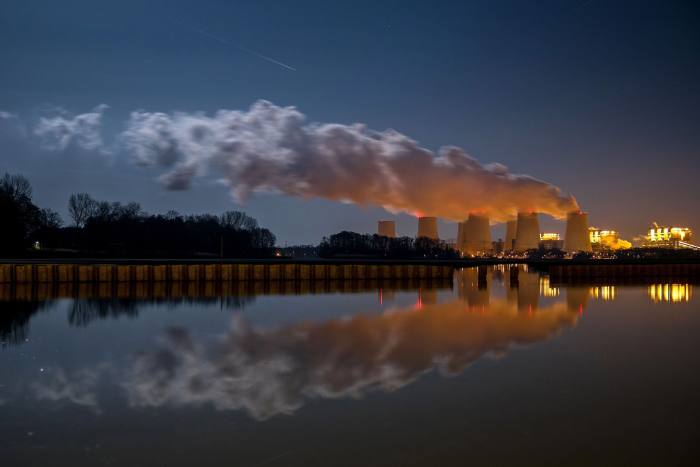US plans crackdown on greenhouse gases used in refrigerators
The US Environmental Protection Agency has announced a sweeping curtailment of a group of potent greenhouse gases used in air conditioners and refrigerators as the regulator advances revived emissions goals under the Biden administration.
The EPA moved to phase down the use of hydrofluorocarbons, or HFCs, by 85 per cent over the next 15 years. It expects its new rule would cut the equivalent of 4.7bn tonnes of carbon dioxide — roughly three years’ worth of US power sector emissions — between 2022 and 2050.
“By phasing down HFCs, which can be hundreds to thousands of times more powerful than carbon dioxide at warming the planet, EPA is taking a major action to help keep global temperature rise in check,” Michael Regan, EPA administrator, said on Monday.
Congress directed the regulator to reduce HFC output and use in an omnibus bill that passed last year. While the Trump administration rolled back dozens of environmental regulations as part of a deregulatory drive — including delaying the ratification of global deal on HFCs — President Joe Biden has made climate change a priority.
Last month, Biden committed the US to cutting greenhouse gas emissions by at least 50 per cent by the end of the decade, from 2005 levels, and he has rejoined the Paris climate agreement.
While a handful of states have already introduced measures to reduce HFC use, the EPA rule would propose the first national limit on the chemicals.
“This rapid move by the Biden EPA to start phasing down these extremely potent climate pollutants will deliver enormous public health and climate benefits to all Americans,” said David Doniger, senior strategic director at the Natural Resources Defense Council, an environmental group. “Replacing HFCs is a critical and totally do-able first step to head off the worst of the climate crisis.”
Climate Capital

Where climate change meets business, markets and politics. Explore the FT’s coverage here
HFCs are used in refrigeration, air-conditioning, building insulation, fire extinguishing systems and aerosols. They have become increasingly widespread in recent decades as a substitute for a different group of chemicals, chlorofluorocarbons (CFCs), which damage the ozone layer.
CFCs were phased out under the 1987 Montreal Protocol. But HFCs have turned out to be a potent greenhouse gas and there has been a growing clamour to also shift away from using them.
Under the Obama administration, the US signed up to a deal in Kigali, Rwanda, to phase out HFCs but the Trump administration did not send it to the Senate for ratification. The EPA said that a global phaseout could prevent up to 0.5C of planetary warming by 2100.
Biden’s two chief climate lieutenants — climate envoy John Kerry and White House climate adviser Gina McCarthy — helped to negotiate the Kigali agreement. Biden is seeking its ratification by Congress.